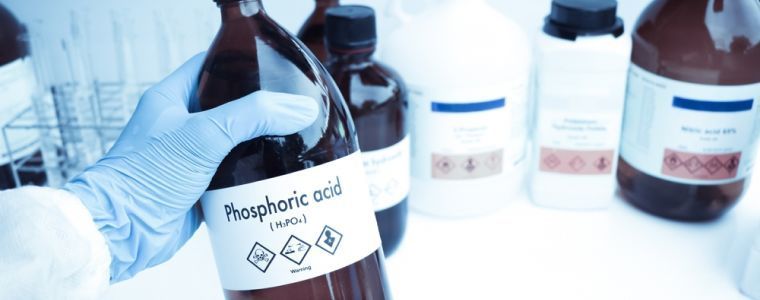Terpineol - Benefits and Trends in the Chemical Industry
Terpineol (C₁₀H₁₈O) is a monoterpene alcohol with three isomeric forms: alpha-, beta-, and gamma-terpineol. These isomers differ in the arrangement of the hydroxyl group (-OH) and the double bonds within the carbon chain, affecting their physical properties and odor profiles. Alpha-terpineol is the most commercially significant, known for its lilac or pine-like fragrance. Beta- and gamma-terpineol are less prominent but share similar uses in fragrances and solvents.
Benefits of Terpineol in the Chemical Industry
Terpineol offers several advantages over synthetic solvents, making it a preferred choice in a variety of industrial applications. One key advantage is its natural origin from essential oils like pine and eucalyptus, which makes terpineol a safer and more environmentally friendly alternative to petrochemical-derived solvents. Unlike many synthetic solvents that can be harmful to health and the environment, terpineol has low toxicity and is biodegradable, reducing the impact on ecosystems when used in large quantities.
From a performance perspective, terpineol’s excellent solvency for both polar and non-polar compounds makes it highly effective in dissolving resins, oils, and other materials, often outperforming synthetic alternatives in terms of versatility. Its mild volatility also makes it suitable for processes requiring controlled evaporation rates, such as in coatings, varnishes, and adhesives. Furthermore, terpineol’s ability to contribute to a product’s fragrance—due to its natural lilac scent—adds value that synthetic solvents lack, particularly in personal care products, where both functionality and sensory appeal are important.
Economically, using terpineol in large-scale manufacturing can offer long-term cost benefits. Since it combines the properties of a solvent, fragrance, and emulsifier, manufacturers can reduce the need for multiple chemical additives in their formulations. This consolidation streamlines production and lowers material costs. Additionally, terpineol’s natural and environmentally sustainable profile aligns with global trends toward greener, safer chemical processes, which can enhance marketability and consumer trust, particularly in industries like cosmetics, cleaning products, and pharmaceuticals.
Terpineol is favored in a wide range of chemical formulations due to its ability to function in diverse roles—solvent, fragrance, emulsifier, and antimicrobial agent. Its broad applicability, coupled with its safe, natural profile, makes it an ideal choice for companies looking to optimize performance while adhering to environmental and safety regulations.
Market Trends and Future Potential
The growing demand for green chemicals is driven by increasing environmental awareness and stricter regulations on hazardous substances in industrial processes. Consumers and manufacturers alike are seeking sustainable alternatives that reduce environmental impact and improve safety. This trend is reshaping the chemical industry, with natural, biodegradable, and non-toxic chemicals becoming highly sought after. Terpineol, being a naturally derived monoterpene alcohol with low toxicity and high biodegradability, fits perfectly into the movement of this green chemical. Its versatility in personal care products, solvents, cleaners, and emulsifiers positions it as an ideal candidate for replacing harsher synthetic chemicals.
Terpineol’s market growth is fueled by rising demand across sectors such as fragrances, cosmetics, and industrial cleaners. According to industry reports, the global market for terpineol is projected to expand steadily over the coming years, with a compounded annual growth rate (CAGR) driven by its eco-friendly properties and increased adoption of consumer goods. The shift toward sustainable and natural ingredients in personal care and cleaning products further accelerates its growth. Its use in industrial applications, such as resins, coatings, and disinfectants, also contributes to its expanding market footprint.
Major producers of terpineol are concentrated in regions with abundant natural resources, especially pine and eucalyptus forests. Key production hubs include the United States, Brazil, China and India, where large-scale extraction and synthesis of terpineol from pine oil and turpentine are well-established. Companies specializing in natural flavor and fragrance ingredients, as well as industrial chemicals, lead the production of terpineol.
Looking ahead, terpineol’s potential in cutting-edge technologies and industrial innovations is promising. It could play a role in advanced coatings, bio-based solvents, and eco-friendly cleaners for high-tech industries. As research progresses, terpineol may find applications in biodegradable plastics, sustainable packaging materials, and even in the pharmaceutical industry for drug delivery systems. Its versatility and alignment with green chemistry principles make terpineol a valuable asset in future industrial innovations.

















